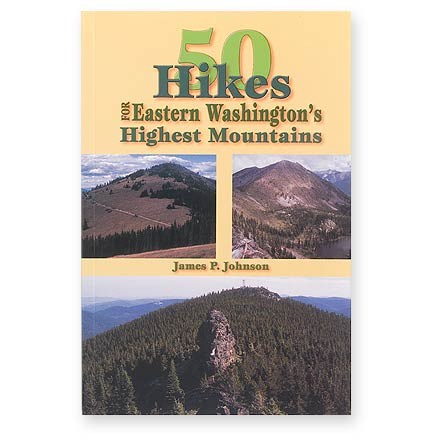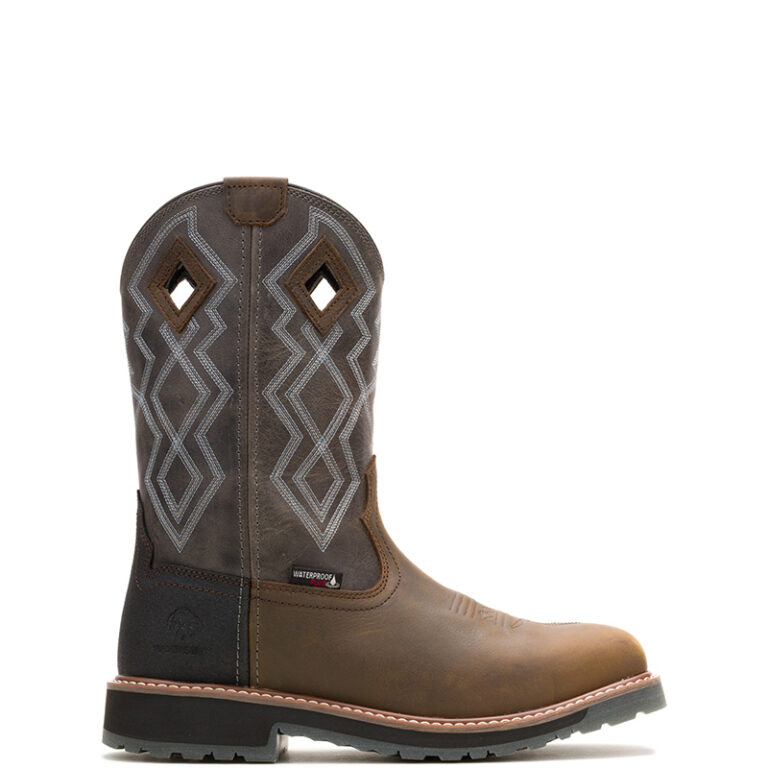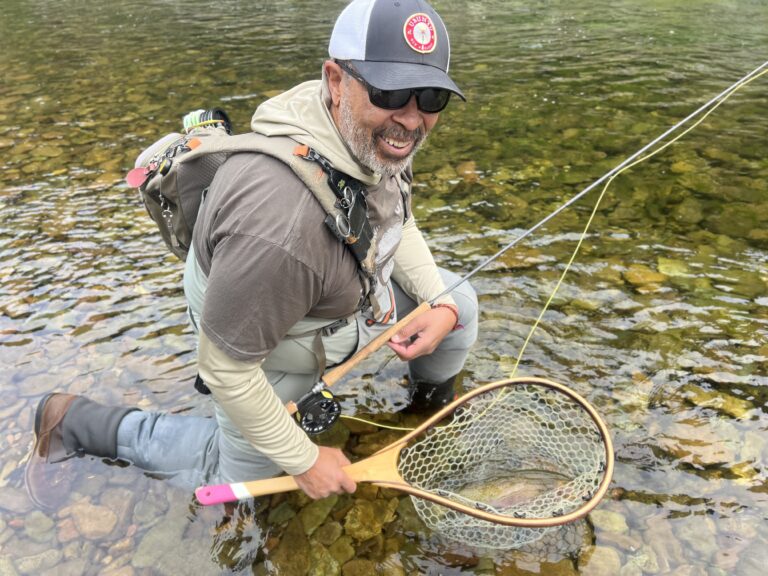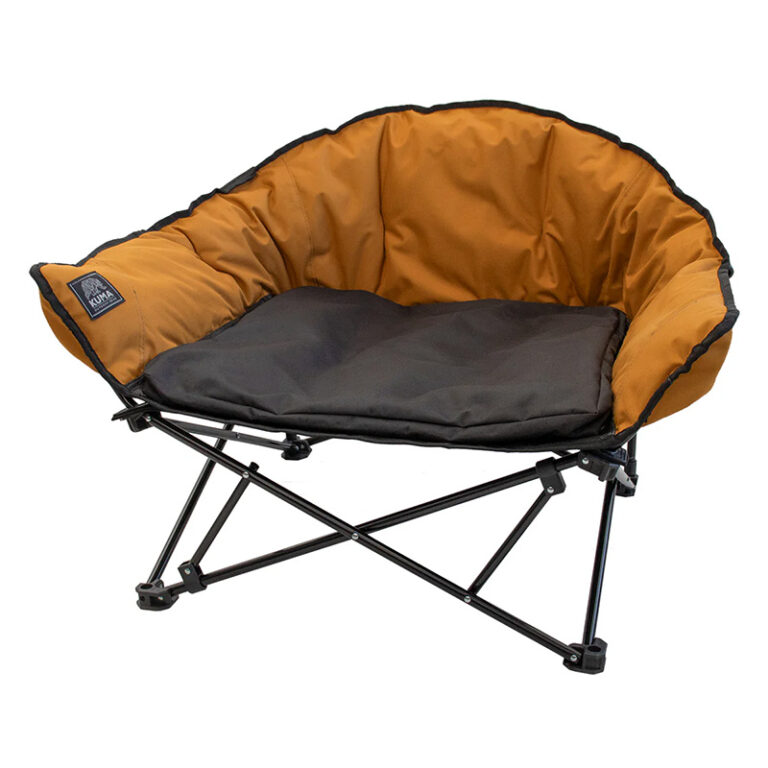A Talk with the Man Who Wrote the Book
By Juliet Sinisterra
Snorkeling in the Bahamas, exploring the Baja, hiking in the Canadian Rockies-you have seen the ads in Outside Magazine and long to have an adventure of your own, but you just don’t seem to have the disposable cash or the vacation time.
What about Eastern Washington? Have you considered exploring our own bioregion? Why not scale all 7,210 feet of Hooknose Mountain near Colville or explore the Blue Mountain Range near Walla Walla? James P. Johnson, the author of 50 Hikes for Eastern Washington’s Highest Mountains, loves the thrill of climbing a mountain, enjoying the view and being home before dinner.
“In the early ’90s, I hiked up Mt. Abercrombie-the second highest mountain [in Eastern Washington]. I had lived here all my life and I was completely unaware there were such high mountains in our region, and so many of them,” says Johnson.
Johnson, an avid hiker, spent eight years researching, writing and hiking mountain peaks for the book. An elementary school teacher at the time, he devoted four of his summers to personally hike each of the mountains at least once.
“Some mountains are really easy to access-you can drive a car right up to then-some are very remote, an all day hike. If you had the whole summer and were really dedicated you could do them all. Once I hiked five in one day.”
When Johnson began his pursuit of Eastern Washington’s highest peaks he started at the map store. “There was no compilation of the highest mountains, so I began looking at USGS topographic maps,” says Johnson. Johnson took the names of each of the peaks from the maps, but found little background as to why each mountain was named. “I found hardly any research on names, history and there were no records of first ascents, probably due to the ease of the hikes,” says Johnson.
The hikes that Johnson lists are just that, they are not technical climbs. Every hike included can be climbed in a day or less and requires no specific gear or equipment. Many are suitable for young children. Johnson views the ease of each climb as one of the benefits of our region. With less danger involved, hikers can access high country earlier in the season.

The other benefit for Johnson, is that not many people know about these hikes. “I have hiked in British Columbia, Banff and the North Idaho Selkirks-our mountain peaks are not quite so spectacular, but if you love the outdoors, you can get out and appreciate it without the crowds. At times I have hiked on a holiday, or a busy summer weekend and have seen very few other people along the trail, and at times been a solitary hiker.” As a way to commemorate reaching the top, Johnson has built on the more remote, higher peaks, a few rock cairns at the summit, and has placed a canister inside with a sign-in log.
Several of the peaks listed in the guidebook, are managed for resource extraction primarily, they are not on protected public lands. “You pass through ripped up, torn apart landscape. Like the Salmo-Priest area-it seems so small on a map, but when you are there, standing on those peaks, the valley and slopes have all been logged. You can see the clearcut everywhere, the wilderness has been taken away. Hopefully by visiting these mountains, more people will pay attention and logging can be done in a more thoughtful manner,” says Johnson.
When Johnson began shopping his guidebook around, he found almost no interest from over hundreds of publishers. He had just about shelved the idea when in 2002 he discovered a small Oregon publisher, Frank Amato Publications, Inc. that primarily published fishing books. “I was at the bookstore and I noticed that they also had some hiking books, so I sent them a manuscript.” They agreed to publish the book almost immediately. Since then, 50 Hikes, has received a lot of local interest and support from local bookstores. Johnson is very happy with how it has been doing.
Johnson’s objective in publishing the book was to bring more awareness to the beauty of our bioregion, to allow us connect with our immediate landscape. “Being surrounded by the Cascades, the Canadian Rockies and Glacier is great, but if you only have one day available, you can go see something spectacular right around here,” says Johnson.
And if you are looking for that unique experience that comes with a true adventure look no further than the alpine toad. While hiking, Johnson has seen the prerequisite black bears, moose and even elk, but the animal he saw the most frequently were toads. “You expect to see a toad near a pond but not near the top of a 6,000 foot peak. The alpine toad seems to be everywhere. They seem to have quite the range in elevation.”
Juliet Sinisterra is a former managing editor of Out There Monthly, with founding publisher Jon Snyder, the precursor to OTO.













